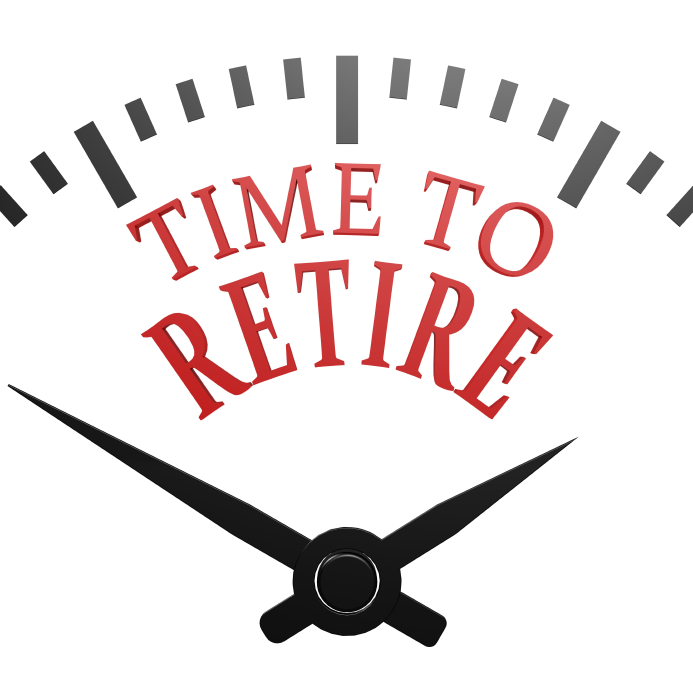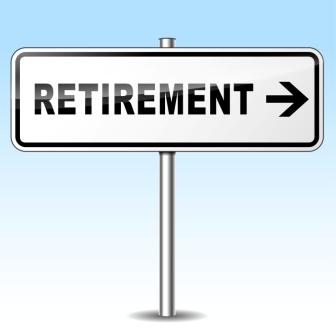
Two of the biggest concerns of those who are investing for retirement are not running out of money and maintaining regular cash flow. It can be difficult to switch from a bi-weekly paycheck to carefully timed withdrawals from a retirement account. Market fluctuations cause balances to rise and fall, leaving an investor with less in their account than they’d planned.
These are the reasons that some investors consider real estate investments for retirement. A multi-family property yields regular, monthly income similar to a paycheck. Home values typically don’t fluctuate wildly and over time show appreciation. But what are the deeper implications of real estate investing for retirement?
Pros of Real Estate Investing for Retirement
Five thousand dollars in rent, deposited into your bank account every month, can easily take a salary’s place. One of the biggest pluses to real estate investing for retirement is passive income. Tenants pay monthly rents and you can use that income to fund your retirement.



























Recent Comments